When Karl Benz patented the Benz Patent Motorwagen in 1885, it was patented as an “automobile fueled by gas.” From the beginnings of the automobile in the late nineteenth century and into the twenty-first century, there have been alternatives to the internal combustion engine as a means of propulsion. A few of these alternatives are on display at the LeMay America’s Car Museum in Tacoma, Washington.
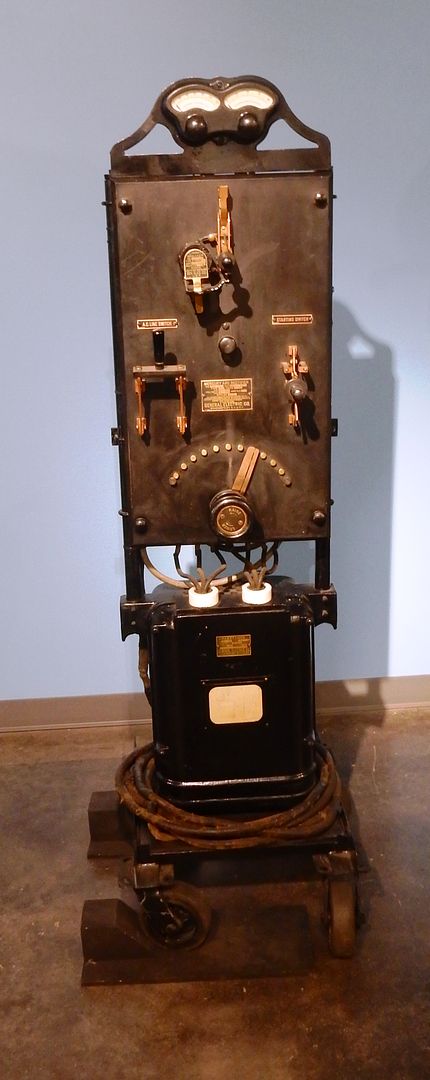
Shown above is an early electric charging station for electric cars.
Baker:
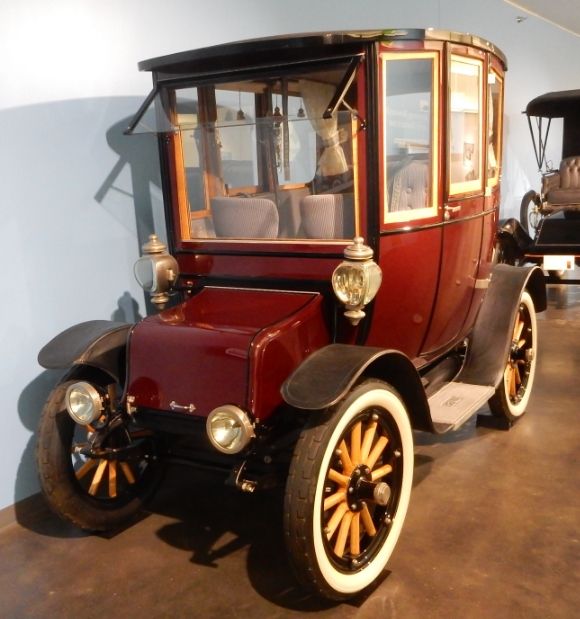
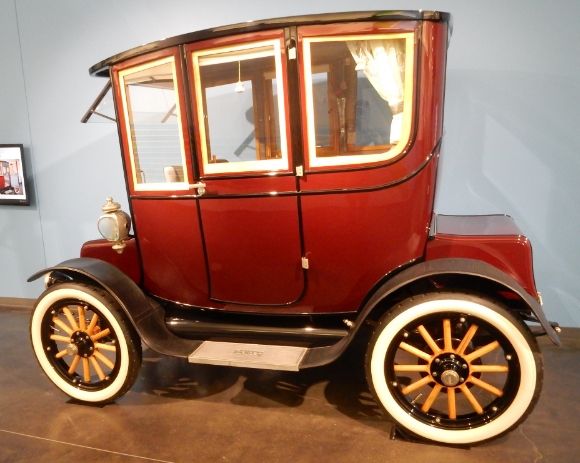
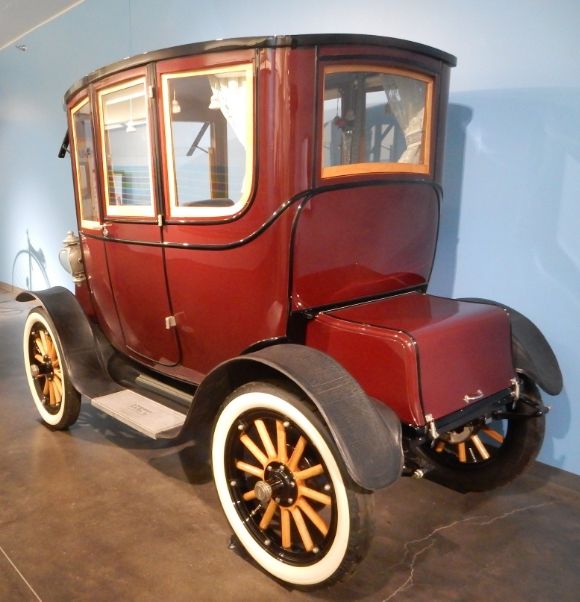
Shown above is a 1911 Baker Electric. Twelve 6-volt batteries (six in the front compartment and six in the rear) provide the power. Electric cars at this time were considered women’s cars as they required no cranking. It is interesting to note that the driver and passengers faced each other.
Standard:
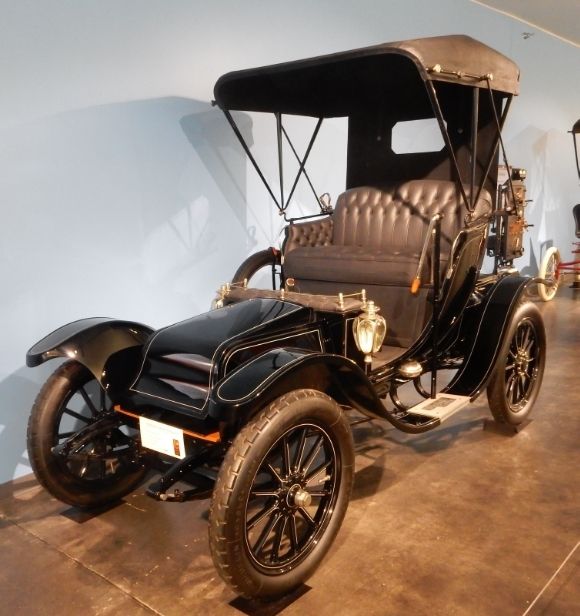

Shown above is a 1912 Standard Electric Motor 96. Notice that there is no steering wheel: like many other cars of this era, it was guided with a tiller.
Baldwin:
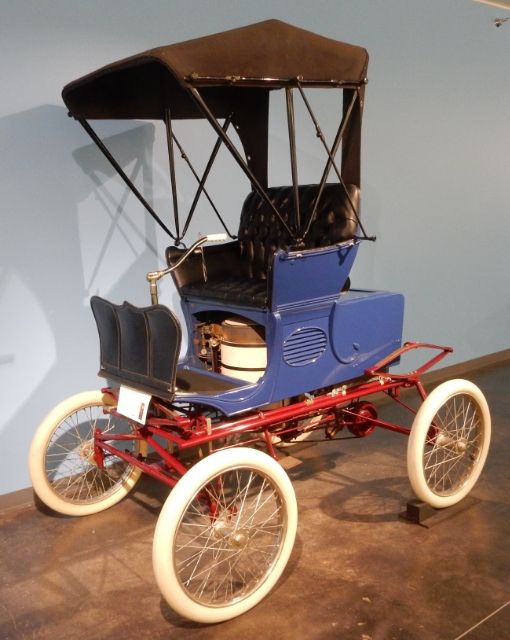

Shown above is an 1899 Baldwin Steamer. In 1896, L.F. Baldwin designed his first steam vehicle and two years later he started building his own steam car.
Stanley:
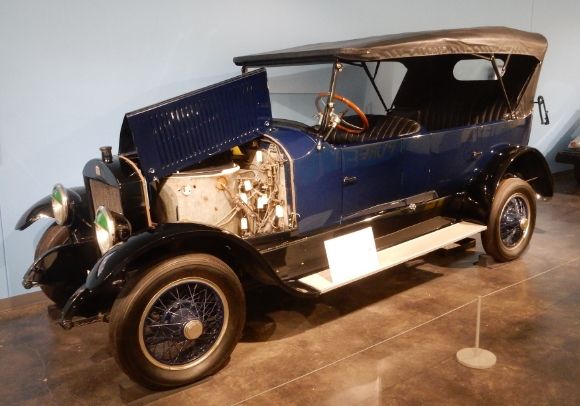
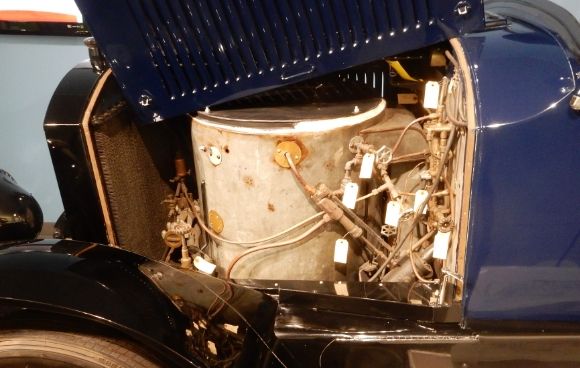
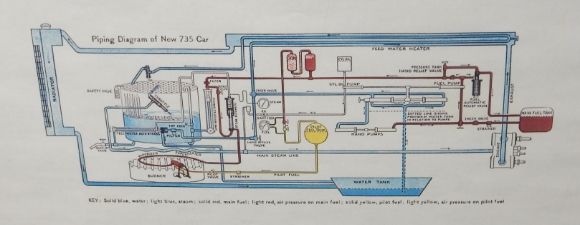
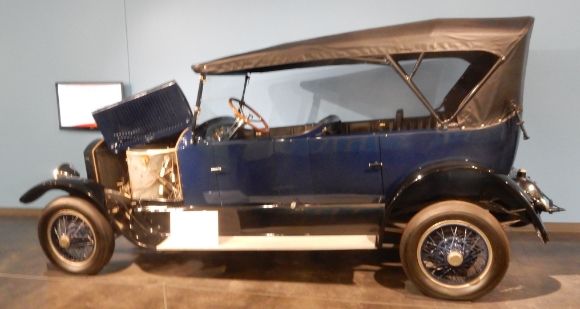

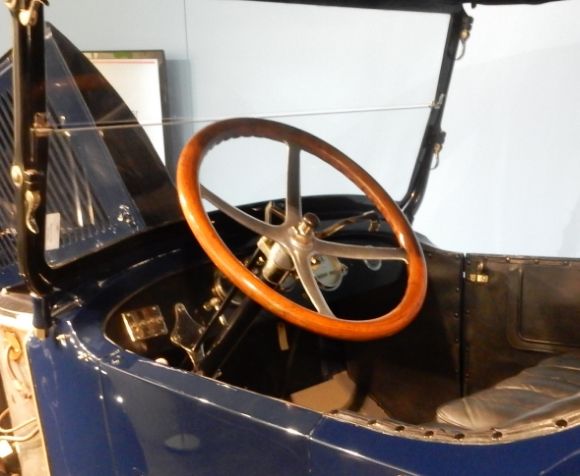
Shown above is a 1919 Stanley Steamer. This car could reach an amazing speed of 75 miles per hour, but its range was limited to only 50 miles. The Stanley Motor Carriage Company manufactured steam-engine cars from 1902 to 1924.
Comuta-Car:
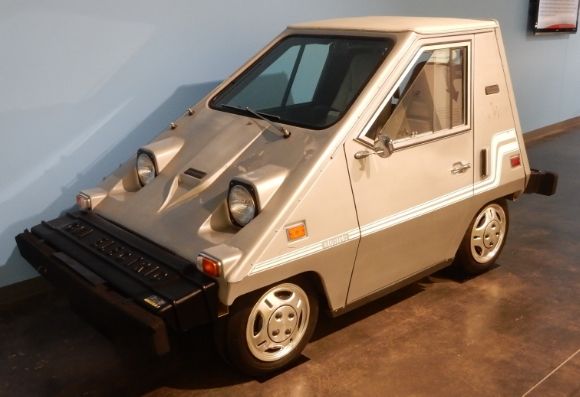
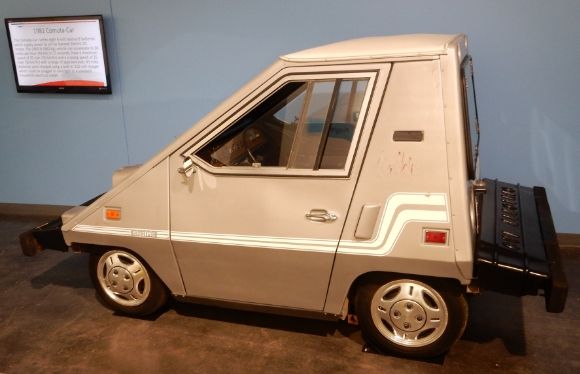
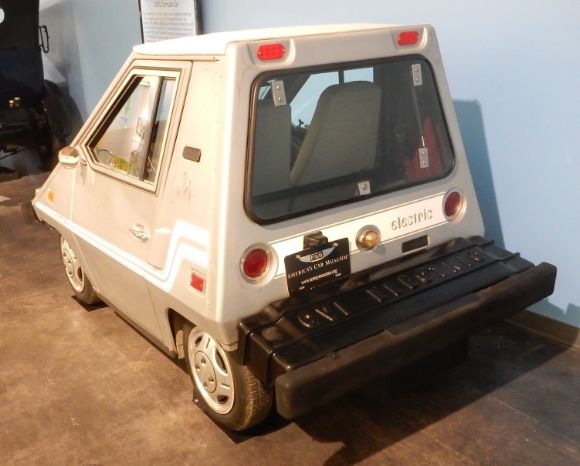
Shown above is a 1981 Comuta-Car. This car carries eight 6-volt batteries. It can cruise at 35 miles per hour (which is also its top speed) and has a range of about 40 miles.
Viking:
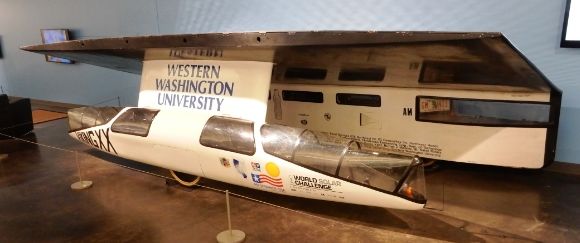
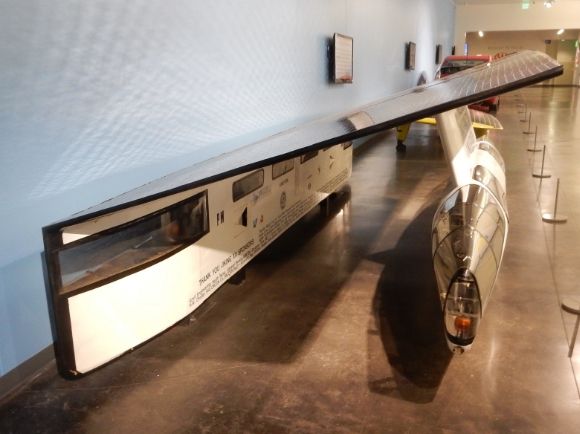
Shown above is the 1990 Viking XX Solar Race Car.
Momentum:

Shown above is the 2005 Momentum Solar Car.
Nelco:
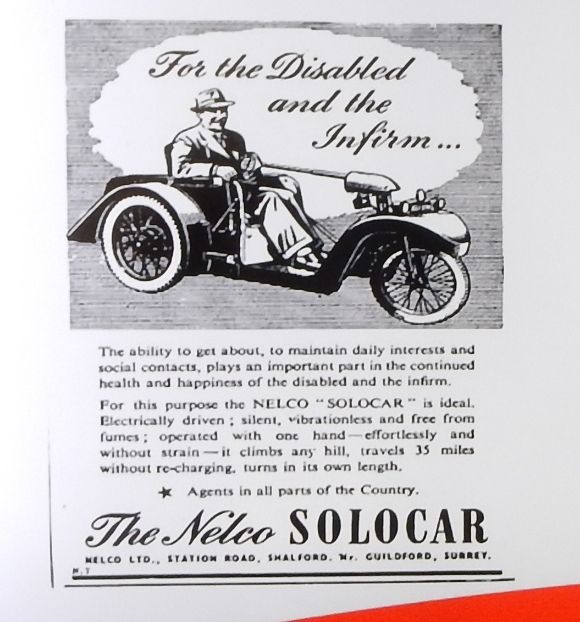
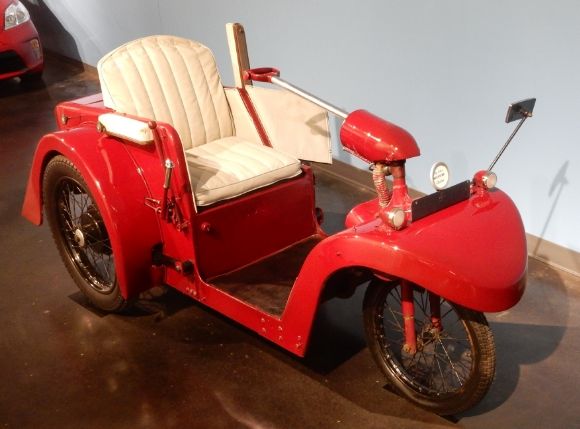

Shown above is a 1958 Nelco Solocar Electric Tricycle.


